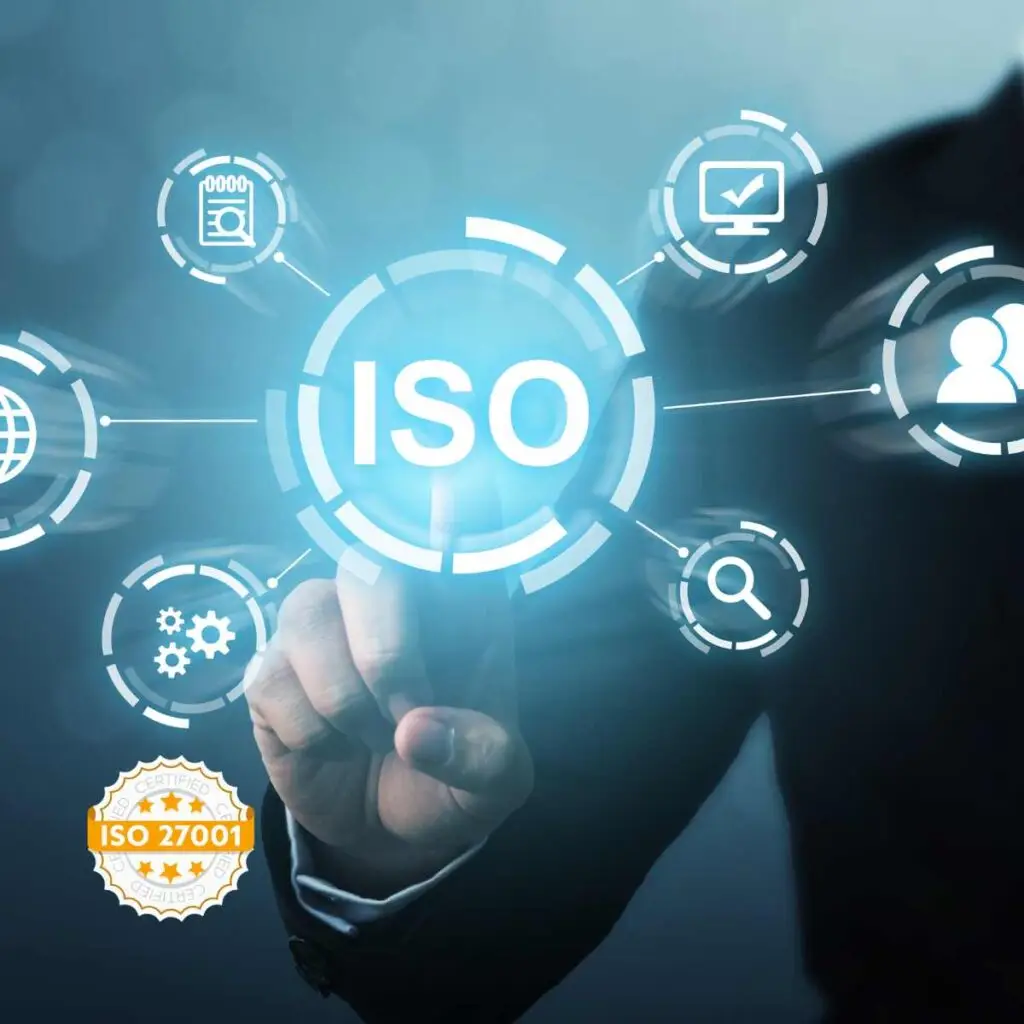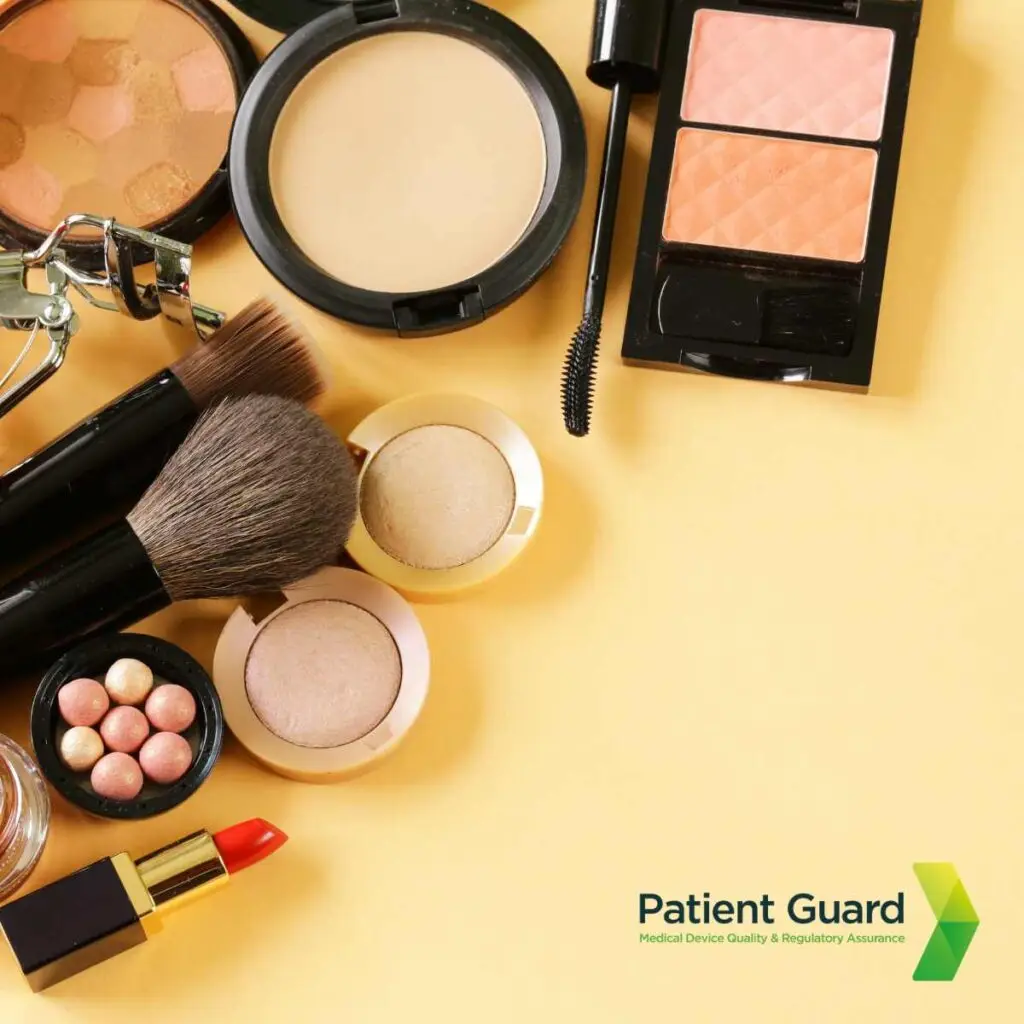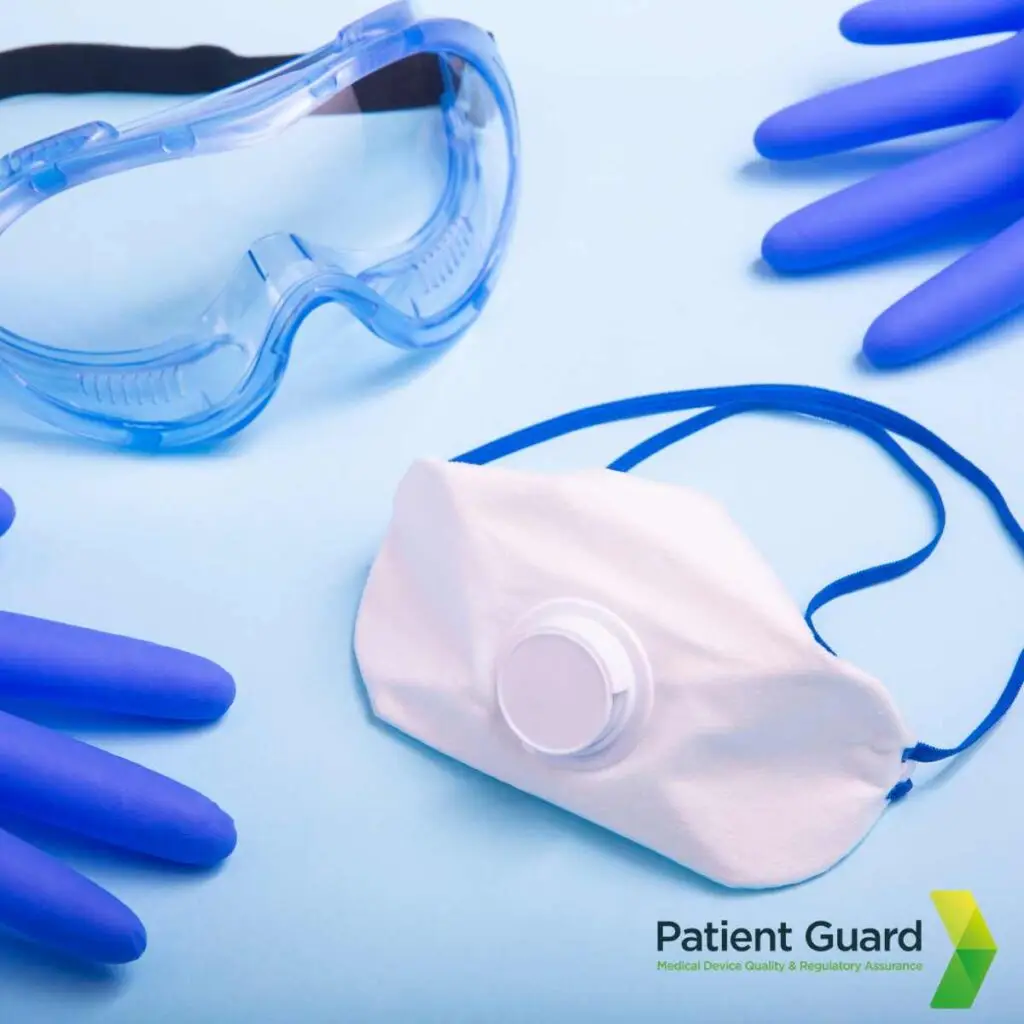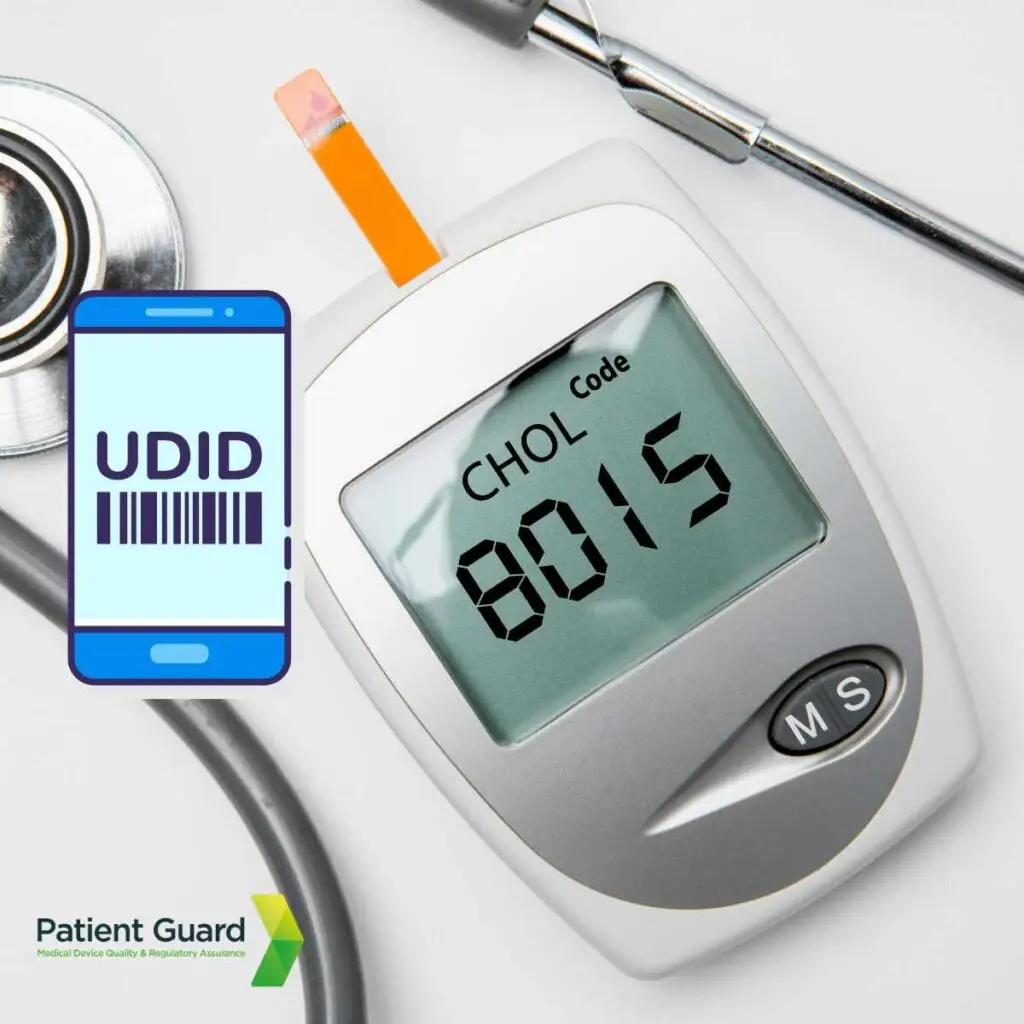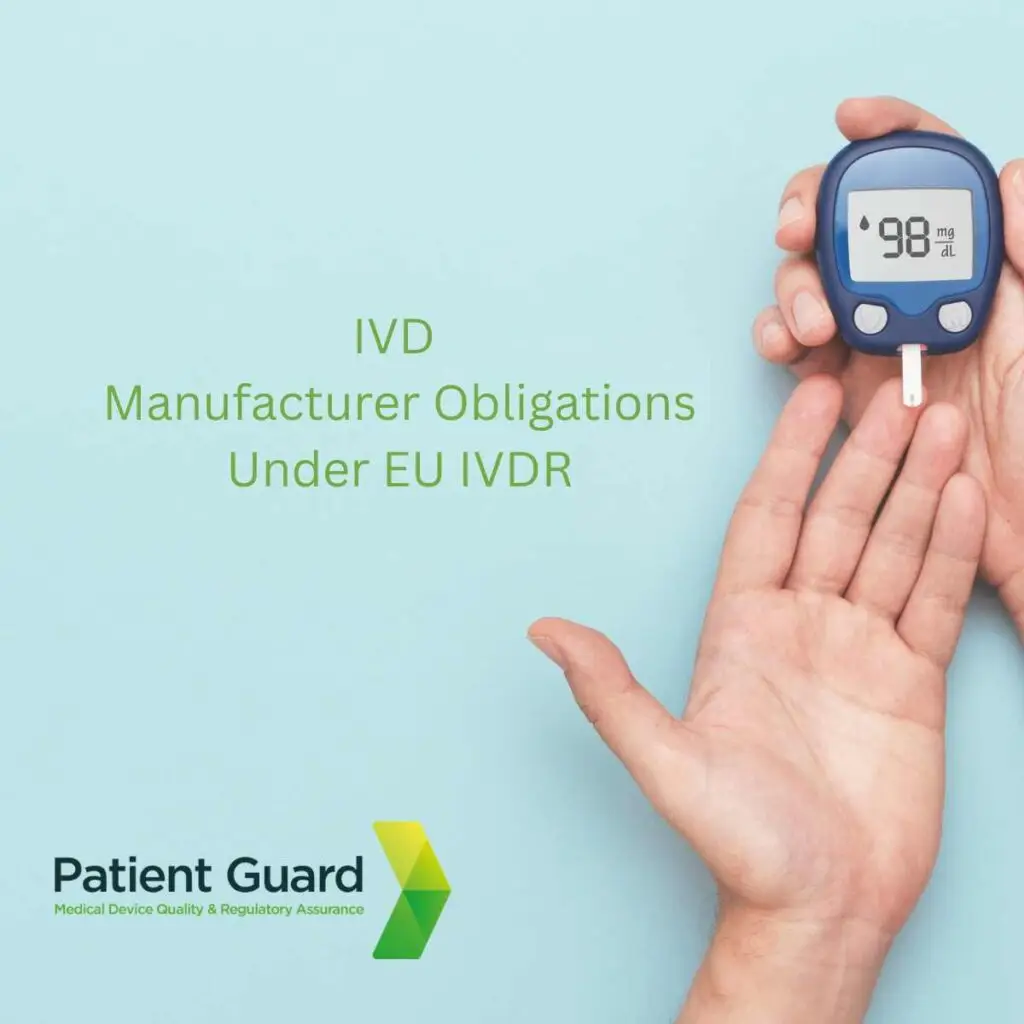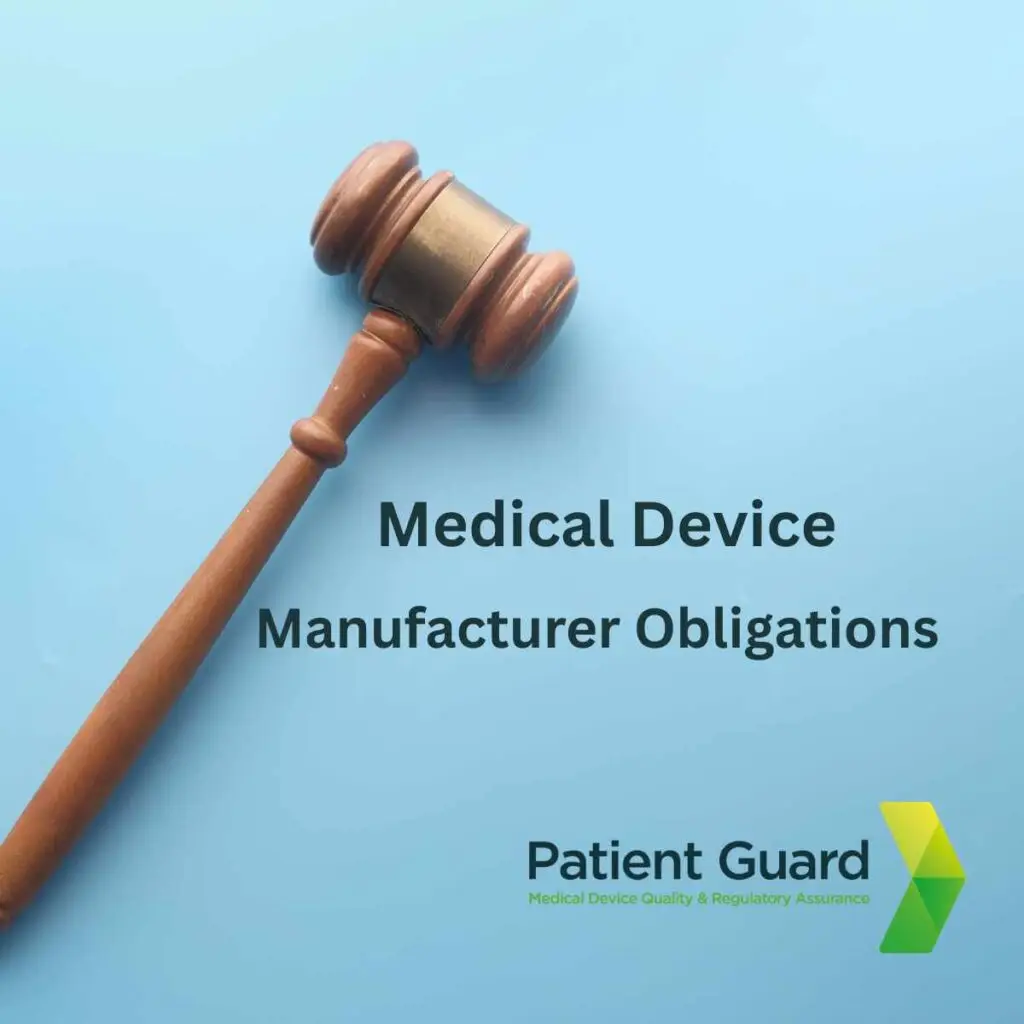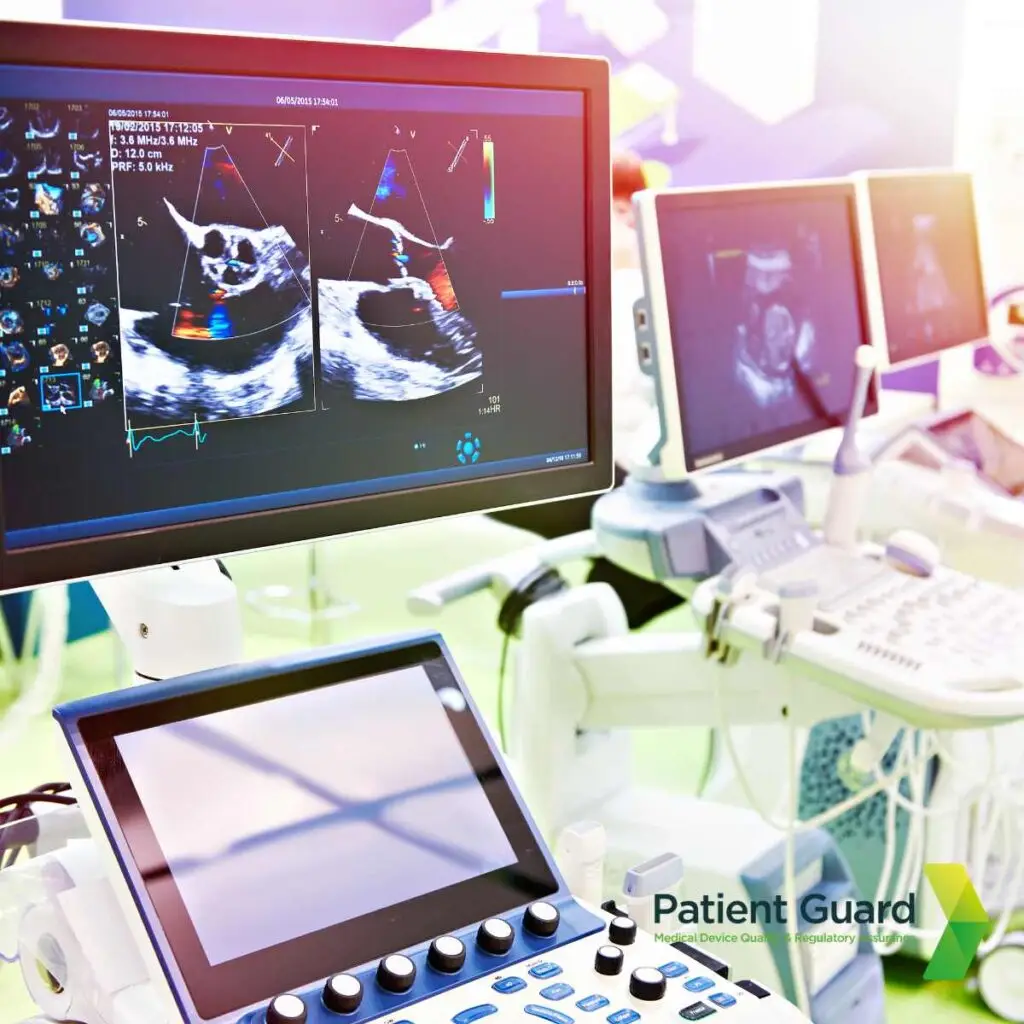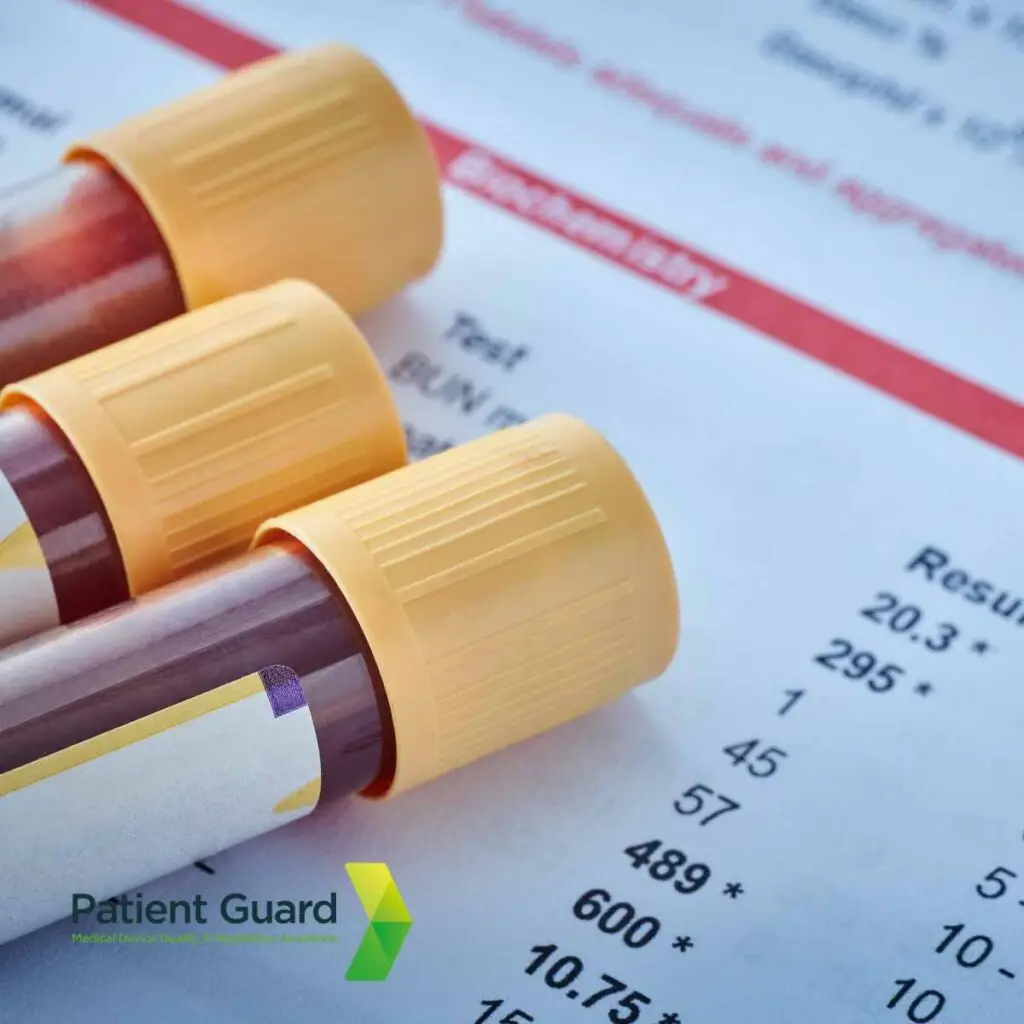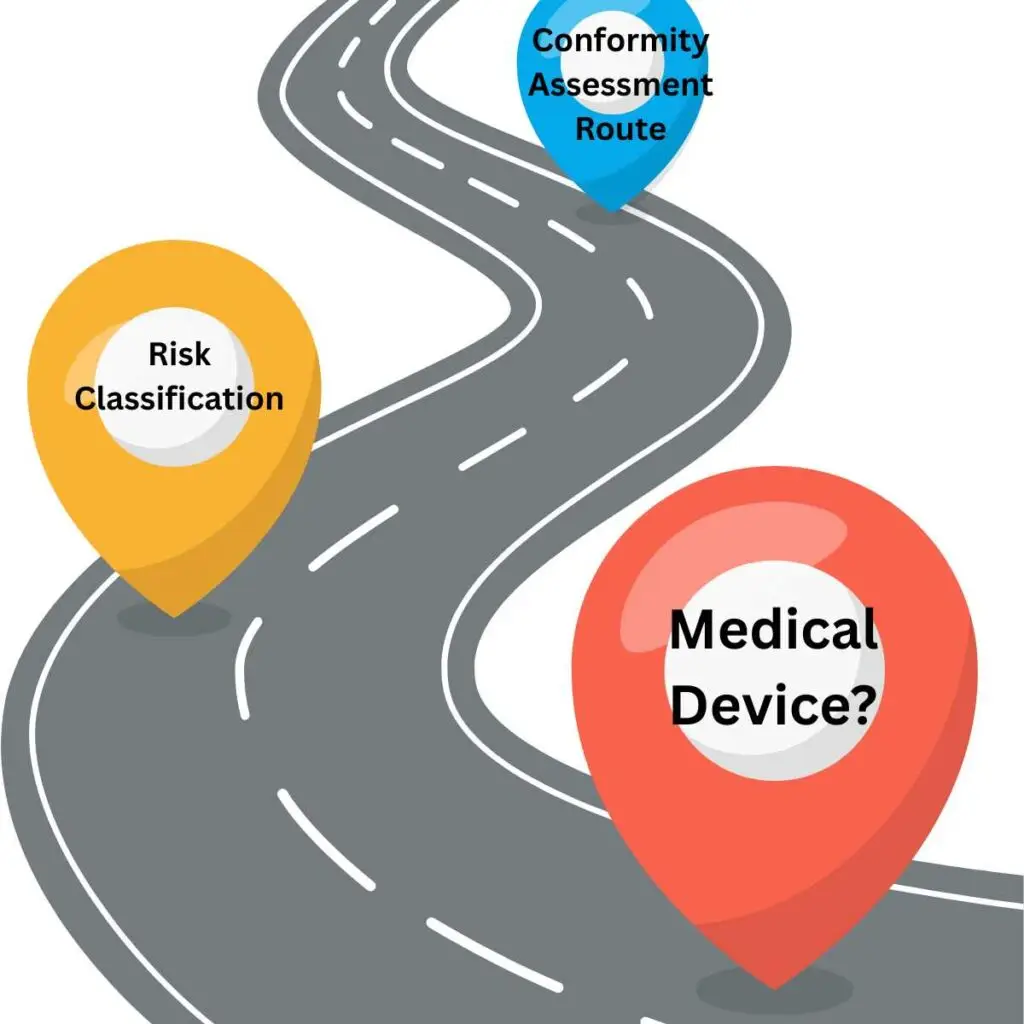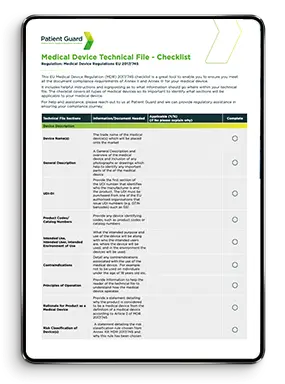ISO 27001 for Beginners: A Simple Guide to Information Security
In today’s digital world, information is one of the most valuable assets an organisation has. From sensitive customer data to proprietary business processes, protecting information is critical—not only to maintain trust, but to comply with legal and regulatory obligations.
ISO 27001 for Beginners: A Simple Guide to Information Security Read More »

